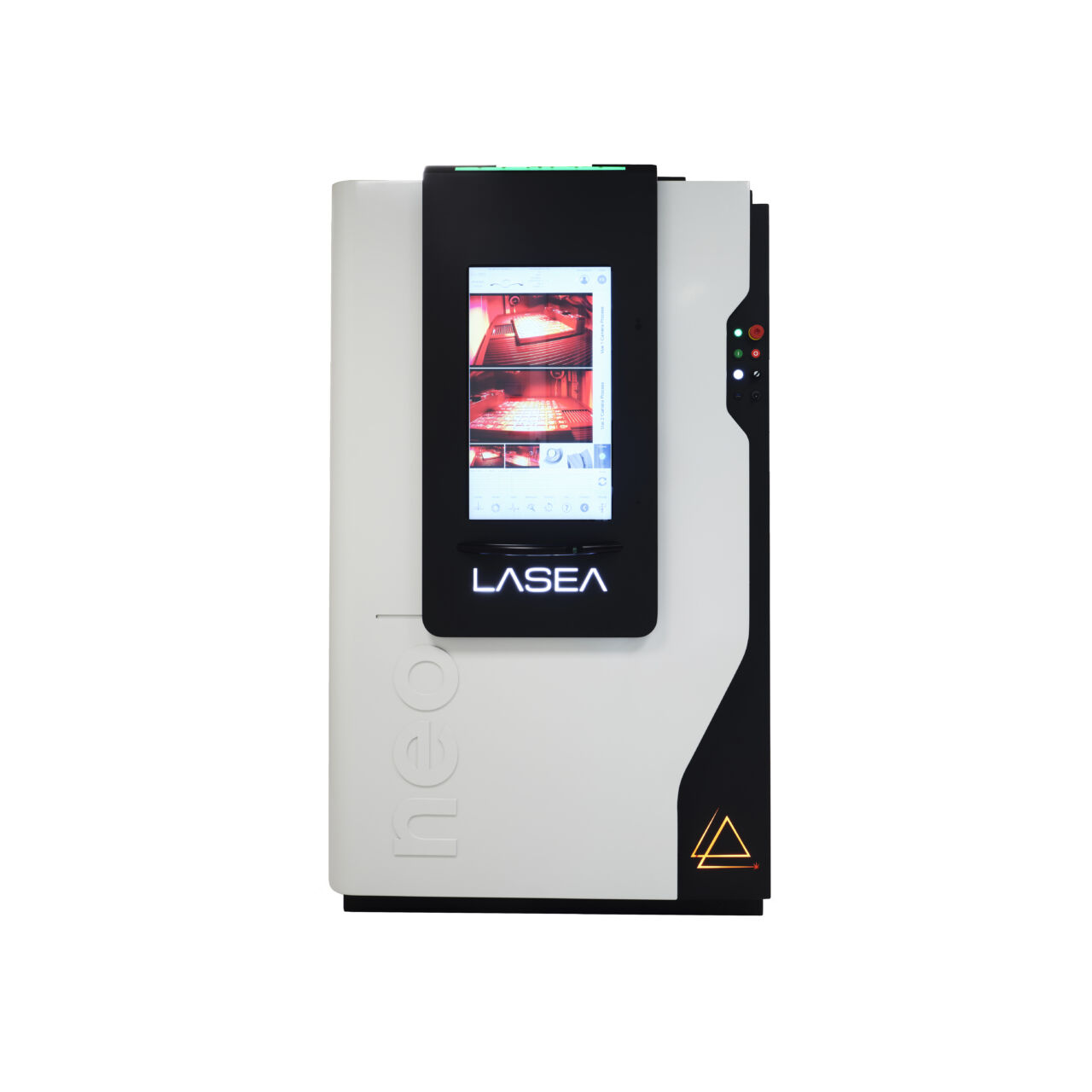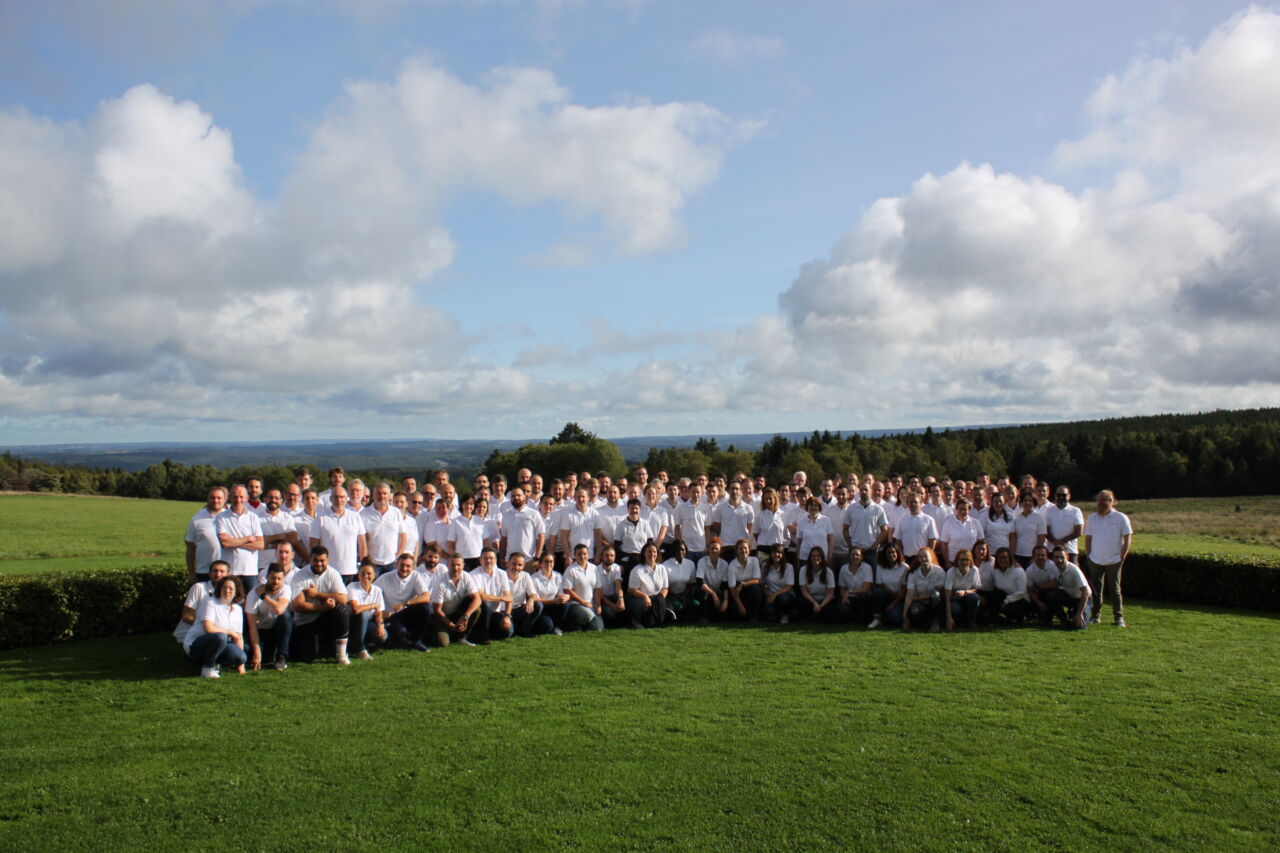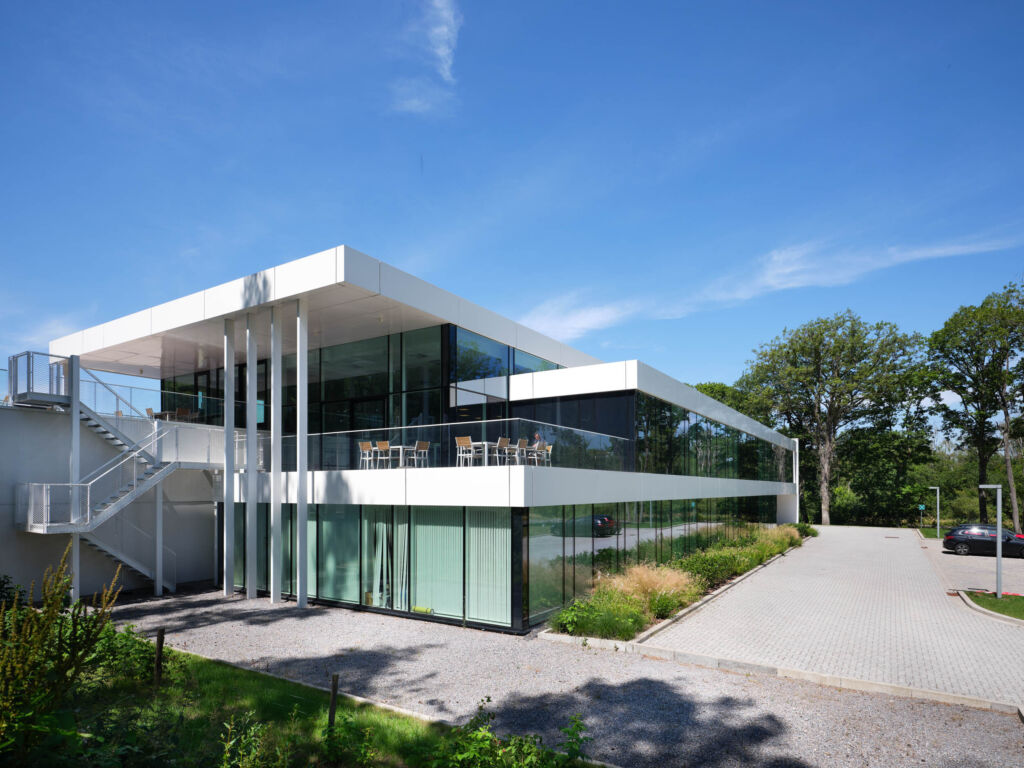- Member
- Lasea
What do Big Tech, MedTech, watchmaking, electronics and photovoltaics have in common?
Laser micromachining developed in the heart of Wallonia at LASEA.
- Ecosystem
-
- Industry 5.0
- Success criteria
-
- Sales revenue inscrease
- Long-term innovation
- International development
The degree of precision of their machines can reach 0.2 µm, i.e. 250 times smaller than a human hair, and the energy used is condensed into femtoseconds, i.e. 10-15 seconds. This energy and time mean that the material does not heat up and therefore does not deform.
The machines LASEA designs and produces are dedicated to marking, welding, engraving, drilling, cutting, turning, texturing and layer removing. Depending on customer requirements, they supply standardized or fully customized equipment.
From the banks of the Meuse to the international stage
Founded in 1999 by Axel Kupisiewicz, the company located in Seraing immediately filed its first patent for the development of coating removal applications.
The first machine came out in 2000, and at the same time, laser decontamination technology was developed, accompanied by a second patent. In 2008, the company achieved a turnover of €2 million. 2012 saw the birth of LASEA France in Bordeaux.
A little too cramped for space, the company added 1000m2 to its Seraing site in 2015. In 2016, LASEA moved to San Diego in the USA. In 2017, LASEA Switzerland was established in Bienne, bringing the company closer to its customers. In 2020, LASEA acquired Optec, a company based in Frameries (Belgium) and San Diego (USA) specializing in the UV and ultra-short laser sectors.
To continue its development, LASEA acquires the company LASER CHEVAL located near Besançon (France) in 2022. In addition to its many subsidiaries, LASEA is present on 5 continents with distributors in India, Israel, the UK, Taiwan, Tokyo and Sydney.

LASEA and the Mecatech cluster have already collaborated on almost 10 projects!
Ecolas was one of the first projects supported by the cluster. Ten partners worked on the development of low-cost, highly reliable laser technologies.
The result was the development of three activities: laser marking, plastics welding and surface treatment, using clean, non-energy consuming techniques. This project has enabled the company to reach international customers, including the luxury goods niche and the pharmaceutical industry.
The workforce has doubled in two years. At present, micro-machining is still their core business. "The MecaTech cluster has been useful right from the start of the project, helping to proofread, structure and support the project.
Their support is invaluable throughout the development phase, which takes several years”. Anne Henrottin, Innovation Project Manager, adds that the cluster also helped to find the partnerships that are essential for projects of this scale.

Diversified innovation
One of LASEA's core values is innovation. "The sectors targeted by LASEA are areas that are keen on innovation. Customers like to be at the cutting edge. A high level of innovation is necessary to achieve the specific features requested by the customer," adds Anne Henrottin.
So R&D applies to all sectors on an ongoing basis. One of their challenges remains growth, particularly in terms of management and premises. Despite the 2015 extension and a recent move in 2020, LASEA is once again cramped for space in its new 3,500m2 buildings.
The year 2024 will be dedicated to the search for 100% efficiency in their machines, including their new range of double-head, double-beam machines. Always more precise, cleaner, and faster.
